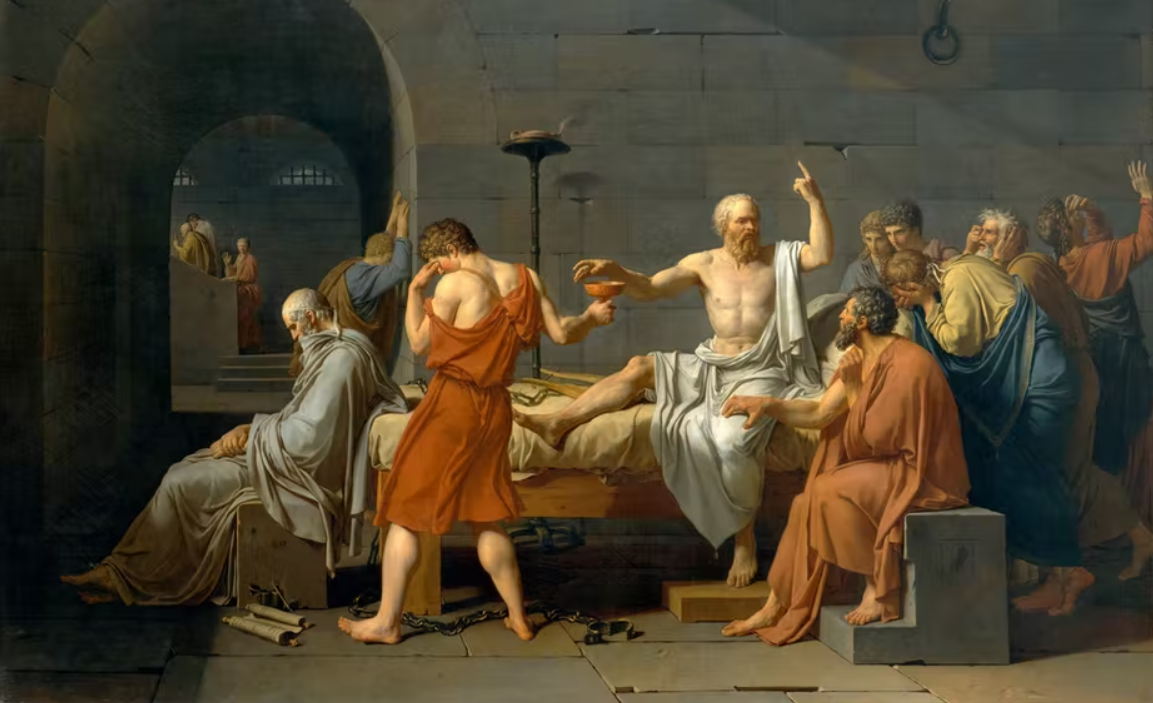Sternberg’s Triangular Theory of Love is a psychological theory that attempts to explain the nature of love and the different components that make up a successful romantic relationship. The theory was proposed by Robert Sternberg, a renowned psychologist, in the 1980s, and it has since become one of the most popular theories of love.
The theory states that love is made up of three fundamental components: intimacy, passion, and commitment. Each of these components plays a critical role in the overall experience of love, and the relationship between them determines the type of love that is experienced.
1. Intimacy
Intimacy refers to the emotional closeness and connection between two people. This component of love involves feelings of warmth, trust, and sharing. Intimacy is important in creating a sense of emotional security and helps to build a strong bond between partners.
In the context of a romantic relationship, intimacy can be expressed in a variety of ways, including through physical touch, deep conversations, sharing of personal experiences, and spending quality time together. The development of intimacy is a gradual process that requires open and honest communication, mutual respect, and a willingness to be vulnerable with one another.
2. Passion
Passion is the second component of Sternberg’s theory of love. It refers to the physical and sexual attraction between two people. Passion is characterized by strong feelings of desire, excitement, and arousal. In a romantic relationship, passion can be expressed through physical intimacy, such as kissing, hugging, and sexual activity.
However, passion alone is not enough to sustain a successful romantic relationship. While it can be a powerful force in the beginning stages of a relationship, it tends to fade over time. As such, it is important for couples to find other ways to connect and build a strong bond beyond physical attraction.
3. Commitment
Commitment is the third and final component of Sternberg’s theory of love. It refers to the decision to stay with a partner and the willingness to work through challenges together. Commitment is often characterized by feelings of dedication, loyalty, and responsibility.
In a romantic relationship, commitment is crucial for the long-term success of the partnership. It involves making a conscious decision to invest time and energy into the relationship, even when faced with difficulties. A strong sense of commitment helps to create a sense of security and stability within the relationship.
Types of Love According to Sternberg’s theory, there are eight different types of love that can be experienced depending on the combination of the three components. These types of love are:
- Non-love: This type of love does not involve any of the three essential components of love, i.e., intimacy, passion, or commitment. It refers to a state of indifference or lack of interest in another person.
- Liking: Liking refers to a type of love that involves only intimacy. It is characterized by feelings of closeness, warmth, and affection for another person, without any sexual or romantic feelings.
- Infatuation: Infatuation involves only passion, and it is often characterized by strong physical attraction and sexual desire for another person. It is usually short-lived and does not involve any deeper emotional connection.
- Empty Love: Empty love involves only commitment, without any intimacy or passion. It may be present in a long-term relationship that has lost its emotional or physical spark.
- Romantic Love: Romantic love involves intimacy and passion, but not commitment. It is often characterized by strong emotional connections, intense physical attraction, and a desire to be with the other person.
- Companionate Love: Companionate love involves intimacy and commitment, but not passion. It is often seen in long-term relationships where physical attraction has diminished but the emotional connection and commitment remain strong.
- Fatuous Love: Fatuous love involves passion and commitment, but not intimacy. It is often characterized by a whirlwind romance and a quick engagement or marriage without a deep emotional connection.
- Consummate Love: Consummate love is the ideal type of love that involves all three essential components of love: intimacy, passion, and commitment. It is characterized by deep emotional connections, strong physical attraction, and a commitment to maintaining the relationship in the long term.
In conclusion, Sternberg’s Triangular Theory of Love provides a comprehensive framework for understanding the different types of love that exist. Each type of love is unique, and individuals may experience different types of love at different times in their lives or in their relationships.

